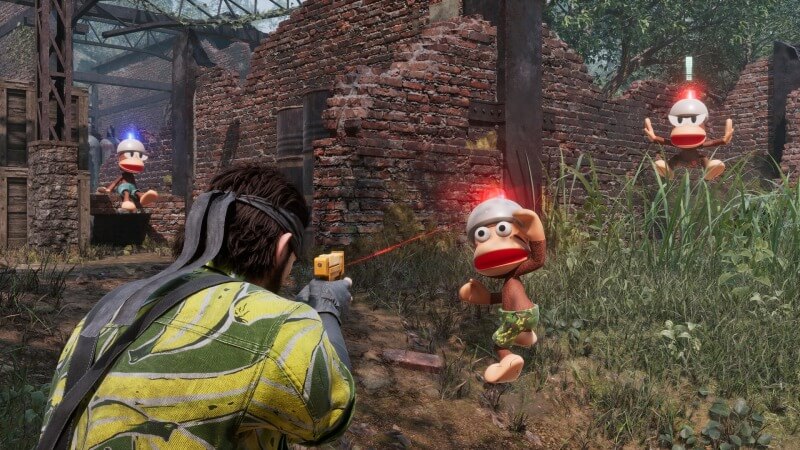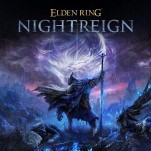Metal Gear Solid Delta: Snake Eater Is A Great Way to Play One of the Best Games Ever Made
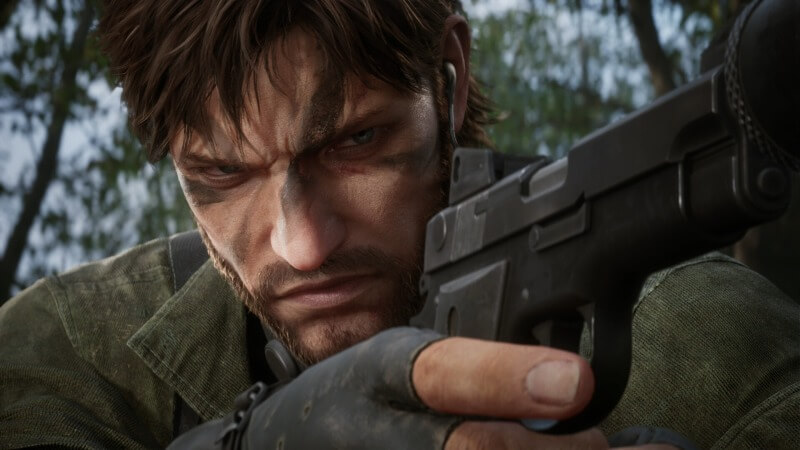
Let’s get this out of the way up front: Metal Gear Solid 3 (Snake Eater, but especially its updated version, Subsistence) is an absolute all-timer. It received a bounty of praise in its time and perhaps even more after the fact, with critics and players impressed by its twisty story, sleek stealth gameplay, and sheer abundance of random details. It all resulted in an experience where poking and prodding at this bizzarro rendition of the Cold War rewarded the player with unique outcomes, perhaps best embodied by how you could kill a boss by outwaiting their life span in real time. To put it succinctly, it’s quite well-loved for a good reason.
So, when it was announced that Konami would be remaking it in Unreal Engine 5 as part of the company’s continued return to making real video games and not just pachinko machines, the pressure was immense. As a work so defined by the idiosyncrasies of Hideo Kojima and his seasoned team at Konami, the fact that most of the people who created it are now elsewhere (in large part because of the company ostensibly pushing them out), many were skeptical that this project would pan out. Add in the fact that MGS 3 is one of those games that inspires some passionate devotees, and any slight deviation could be perceived as a slight.
In response to this, it seems the new devs took the following approach: make as few changes as humanly possible. Basically, Metal Gear Solid Delta: Snake Eater is probably the most intensely faithful remake I’ve ever played. Every line of dialogue is the same as it was in the original, with the same voice acting performances. The cutscenes play out so identically that if you watch them side by side, they will more or less stay in perfect sync. Every sneaking sequence and boss fight you remember is here, largely unaltered. Although the graphics have been completely redone (to impressive effect) and there are some mechanical changes here and there, especially when it comes to the updated control scheme, this is the video game equivalent of a shot-for-shot remake. It’s a good thing then that Metal Gear Solid 3 remains tremendous, especially when it comes to its core gameplay.
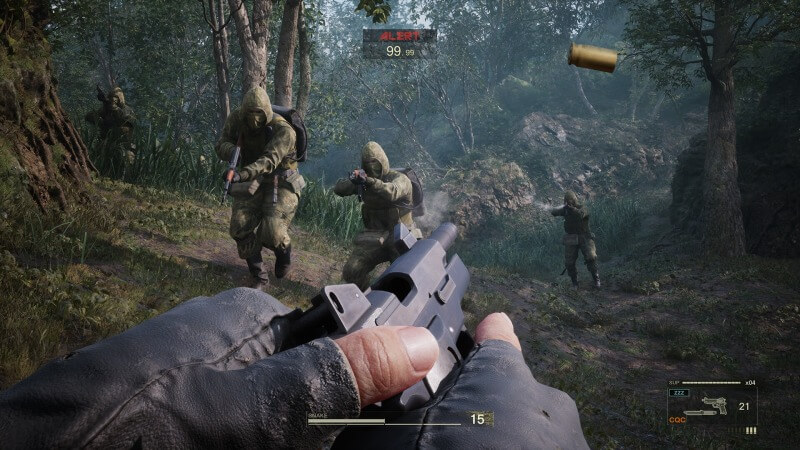
To lead with the changes, though, the biggest ones come when you enable New Style, a mode that places the camera behind Snake while also changing almost all of the button mappings to conform to those of Metal Gear Solid 4 and 5. For those who want an experience as close to the original Snake Eater as possible (i.e., sickos), you can enable Legacy Mode, giving you the fixed overhead camera and original button layout.
Although New Style’s biggest change, the behind the back camera angle, was already present to some degree in Subsistence (the updated version released about a year after the original), it bears repeating that placing the camera behind Snake solves Snake Eater’s biggest problem: the overhead perspective did not fit well with moving through open jungle environments where foes could frequently see you before you could see them. Beyond this, though, the completely new addition of being able to perform third-person shooting by holding the left trigger is a great quality-of-life change. While I still did most of my aiming in first person like the original, there were a few situations where the new aiming mode helped me angle the arc of a long-distance MK-22 tranquilizer shot or deal with a particularly action-heavy sequence.
Many small changes to the controls feel intuitive from a modern perspective as well, such as the addition of crouch walking (which is in the 3DS version of Snake Eater, but not the Master Collection HD remaster for some reason). I’m sure there are many additional minuscule adjustments that explain why this version feels so smooth.
As for how the largely unaltered parts of the game hold up, the answer is very well. Naked Snake’s journey through the Russian jungle to destroy the Shagohad and defeat his old mentor, The Boss, maintains its brilliance. It’s common to return to an old favorite and discover a handful of awkward sequences or horribly unbalanced bosses that you’d conveniently forgotten in the years since, as you applied your nostalgia-mandated rose-tinted glasses. By contrast, I’m genuinely surprised at how interesting and varied battling through The Boss’ Cobra Unit remains, each with interesting gimmicks that almost always cleverly engage with the game’s core stealth gameplay. The sniper duel with The End, the slugfest with Volgin, and of course, the legendary final duel with The Boss are high points in a lineup that doesn’t miss.
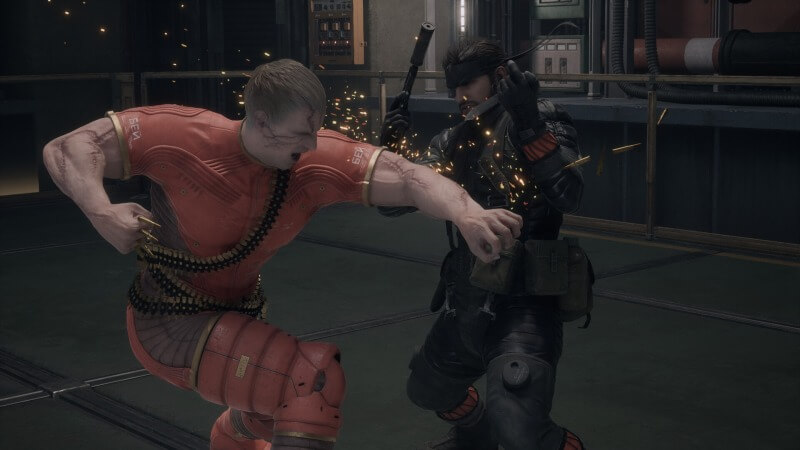
You might assume that this much older entry in the series would pale in comparison to MGS V’s nearly infinite means of enacting totally bonkers emergent gameplay shenanigans. However, the reality is that MGS 3 is intentionally designed to feel constrained compared to its predecessors, with its early Cold War backdrop setting up a technological reset; perhaps the best example is that instead of having the series’ classic radar, which shows where enemies are and where they’re looking, you instead have a combination of less powerful surveillance equipment, like a proximity sensor that beeps when near a foe or a sonar that gets a snapshot of everyone in the vicinity but makes a loud beep that guards can hear. Because of this, you have to use each tool carefully, switching between them in different contexts to avoid stumbling into an enemy patrol. It all leads to a lean and intense experience where you can very easily get discovered, creating much more emphasis on deliberate sneaking—there’s still no run button, and that’s a good thing.
Honestly, it’s incredible how much this game has going on despite coming out over 20 years ago: there’s the camouflage system, where you’re given an incredibly granular breakdown of how visible you are to foes alongside the ability to quickly swap what you’re wearing to match the scenery. There are the survival mechanics, where you have to hunt game and eat a bunch of gross critters to maintain Snake’s stamina, which affects his health recovery, speed, and more. Each area has several entry and exit points, with tunnels, detours, and hidden secrets. There are so many options at every level of the experience, like how you can interrogate foes or knock them out in several different ways when using CQC, or the way you can stick up guards by sneaking behind them with your weapon drawn. When you roll into an enemy, they get knocked over, and it’s always vaguely funny.
-

-

-

-

-

-

-

-

-

-

-

-

-

-

-

-

-

-

-

-

-

-

-

-

-

-

-

-

-

-

-

-

-

-

-

-

-

-

-

-



